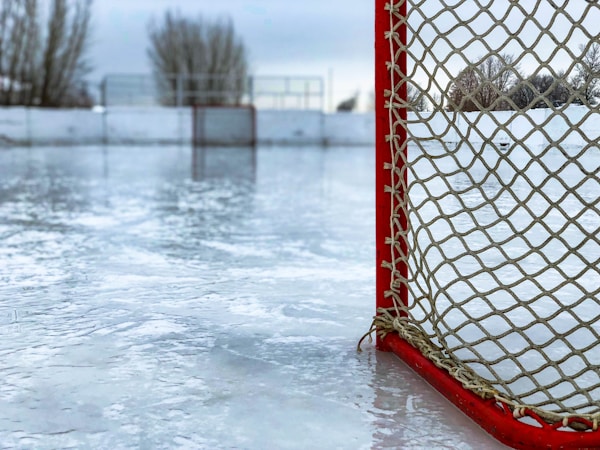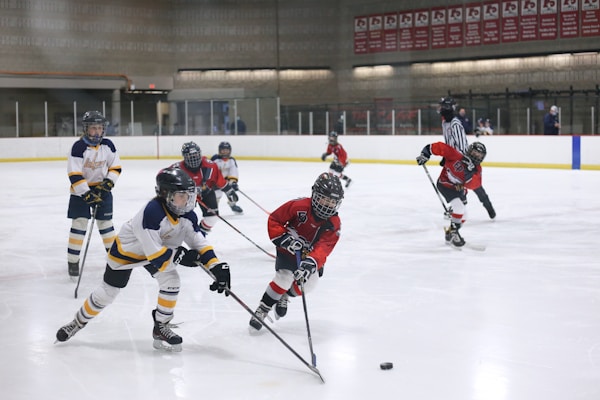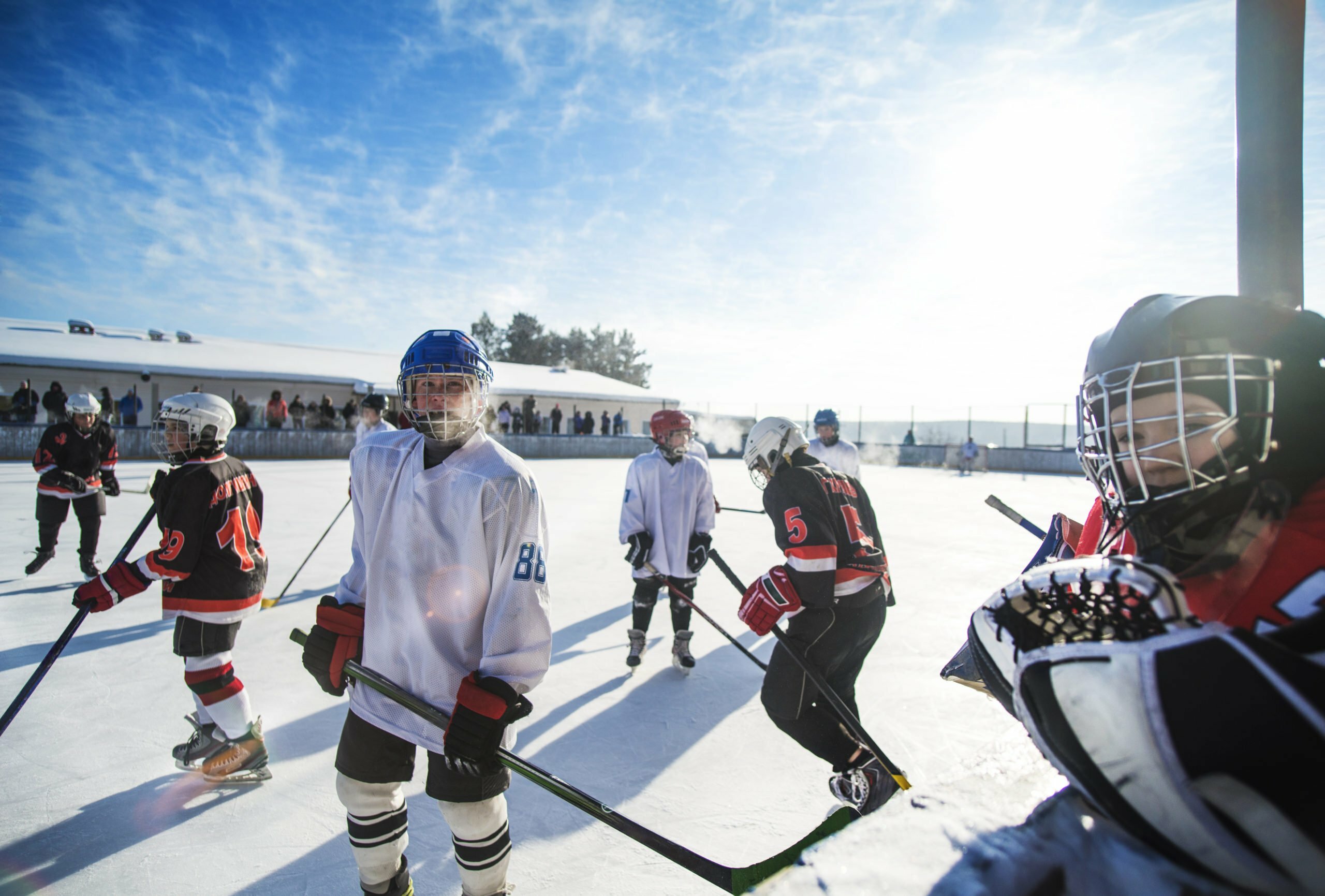Hockey is a fast and exciting sport that is enjoyed by people of all ages and it’s a great way to stay active and have fun. If you are new to the sport and want to be the next Jacob Panetta, this guide will help you get started. Keep reading to learn the basics of hockey.
Goaltending in Hockey: Protecting the Net

Hockey goaltending is all about protecting the net. It’s the last line of defense between the puck and the goal, and it’s a critical position on the ice. Goalies use their size, strength, agility, and quick reflexes to make saves and keep the puck out of the net.
There are several techniques that goaltenders use to protect the net. One is to spread their legs wide and take up as much space as possible in front of the goal. They can also extend their arms out to block shots or control rebounds. Goalies also use their pads to cover as much of the net as possible; they can even tuck their legs up close to their body to reduce the size of the target.
Goalies also need good reflexes and quick reactions in order to make saves. They often have to dive or jump in order to get a piece of the puck. In order to stay alert during long stretches in goal, goalies practice visualization exercises such as seeing themselves making save after save.
Goalkeeping is a challenging but rewarding position on any hockey team. With hard work and practice, goaltenders can learn how to protect their net and help their team win games
Playing Etiquette in Hockey: Tips for Being a Good Teammate
When playing hockey, it is important to remember that you are part of a team. Being a good teammate means following the appropriate etiquette on and off the ice. Here are some tips for being a good teammate:
- Always be aware of your teammates and where they are on the ice. This includes being aware of their position and their ability to make a play.
- Try to always keep your feet moving and stay in control of your body. This will help you avoid getting in the way of your teammates and also allow you to react more quickly to the puck.
- Make sure you know the game plan and what your role on the team is. This will help you stay focused during the game and be better able to support your teammates.
- Be vocal on the ice, especially when giving instructions to your teammates or trying to get them fired up for a play. However, do not yell at or berate your teammates; constructive criticism is fine, but yelling is not helpful.
- Support your teammates both on and off the ice by cheering for them when they make a good play and helping them out when they need it.
Defensive Strategies: Playing Strong in Your Own Zone

In hockey, there are three zones: the offensive zone, the neutral zone, and the defensive zone. The defensive zone is the area of the rink that is closest to your team’s net. When playing in the defensive zone, it is important to keep your opponent from scoring by playing strong defense. This means blocking shots, deflecting passes, and clearing the puck out of your own zone. It is also important to stay disciplined and not take unnecessary penalties.
Shooting and Scoring: Tips for Putting the Puck in the Net
There are a variety of techniques that can be used to score goals in hockey. One of the most important is getting good puck control and being able to shoot accurately. When shooting, it’s important to keep your shots low so they are harder for the goalie to stop. You should also try to aim for corners of the net, as this is where the goalie is least likely to make a save. In order to get good puck control, you need to have strong wrists and use your body position and stick positioning to keep the puck close. You can also use dekes (fake shots) and passes in order to get around defenders and create scoring opportunities.
This guide is important for beginners because it teaches the basic skills and knowledge needed to play hockey. It is also a great resource for experienced players, as it provides information on how to improve their game. Overall, the guide is an excellent tool for anyone who wants to learn or improve their hockey skills.












